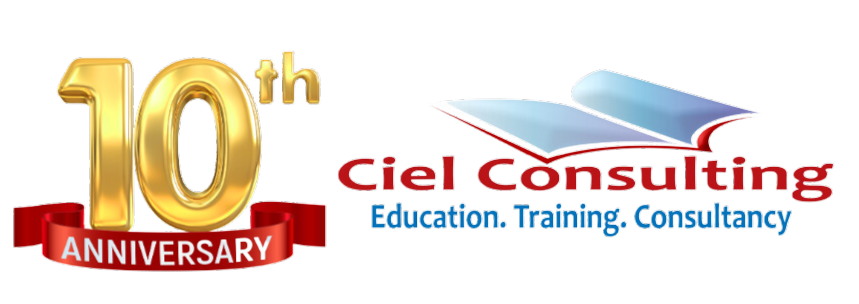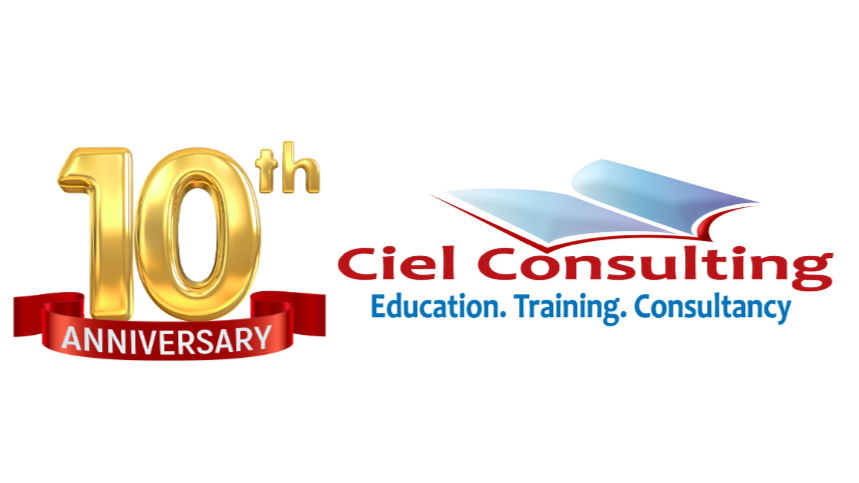Is Project Management the Most Practical Profession Ever?
I make it a “point of duty” to point out to my students and clients on project assignments how much project management is practical rather than conceptual.
Practical according to the online Oxford Dictionary is defined as: “of or concerned with the actual doing or use of something rather than with theory and ideas”.
Quite a chunk of career and professional development is steeped in ideas and concepts – management disciplines, business analysis, and several others are known to be concerned with the building of conceptual models.
It becomes therefore refreshing to encounter a professional development area that concerns itself with the practical side of things – with building things, rather than overthinking or writing epistles about them.
Just how practical is Project Management? Let me demonstrate with a simple example: The 49 Project Management and their deliverable.
If you observe closely, each process in project management is marked by a clearly defined deliverable (or output) that is tangible, specific, often measurable and linked to time-frames.
Often times they are documents/outputs that show how to build, captures happenings during building, or are documents/outputs for evaluating the progress of the building.
It’s so clearly cut out that the simple answer to the question “How do you know if you’ve performed a process in project management?” would be this: “Do you have the completed version of the specific output to be produced by that process?”
For instance, you have not “Developed a Project Charter” until I can see a completed Project Charter, demonstrating your authority as a project manager, and providing high-level information about the project.
Let me proceed to show you all the Project Management Processes and their specific deliverable, to make you understand how much simpler it becomes to manage a project when you know exactly the deliverable expected from you at every stage.
Integration Management (Outputs)
1. Develop Project Charter (Project Charter)
2. Develop Project Management Plan (Project Management Plan)
3. Direct and Manage Project Work (Deliverables)
4. Manage Project Knowledge (Lessons Learned, Organizational Process Assets Updated)
5. Monitor and Control Project Work (Work Performance Information, Change Requests)
6. Perform Integrated Change Control (Approved Change Request, Documents Updated)
7. Close Project (Final Product, Service or Transition)
Scope Management (Outputs)
1. Plan Scope Management (Scope Management Plan)
2. Collect Requirements (Requirements Documents, Traceability Matrix)
3. Define Scope (Project Scope Statement)
4. Create WBS (Scope Baseline)
5. Validate Scope (Accepted Deliverable)
6. Control Scope (Work Performance information, Change Request, Document Updates)
Schedule Management (Outputs)
1. Plan Schedule Management (Schedule Management Plan)
2. Define Activities (Activity List and Attributes)
3. Sequence Activities (Schedule Network Diagram)
4. Estimate Activity Duration (Duration Estimates, Basis of Estimates)
5. Develop Schedule (Project Schedule, Baselines)
6. Control Schedule (Work Performance Information, Change Request, Documents Updated)
Cost Management (Outputs)
1. Plan Cost Management (Cost Management Plan)
2. Estimate Activity Cost (Cost Estimates, Basis of Estimates)
3. Determine Budget (Cost Baselines)
4. Control Cost (Work Performance Information, Change Request, Documents Updated)
Quality Management (Outputs)
1. Plan Quality Management (Quality Management Plan, Metrics)
2. Manage Quality (Project Documents Updated)
3. Control Quality (Work Performance Information, Change Request, Documents Updated)
Resources Management (Outputs)
1. Plan Resources Management (Resources Management Plan, Team Charter)
2. Estimate Activity Resources (Resources Estimates/Basis of Estimates)
3. Acquire Resources (Resources Assignments)
4. Develop Team (Team Performance Assessments, Documents Updated)
5. Manage Team (Change Requests, Documents Updated)
6. Control Resources (Work Performance Information, Change Requests, Documents Updated)
Communications Management (Outputs)
1. Plan Communications Management (Communication Management Plan)
2. Manage Communications (Project Communications)
3. Monitor Communications (Work Performance Information, Change Requests, Documents Updated)
Risk Management (Outputs)
1. Plan Risk Management (Risk Management Plan)
2. Identify Risks (Risk Register)
3. Perform Qualitative Risk Analysis (Documents Updated)
4. Perform Quantitative Risk Analysis (Documents Updated)
5. Plan Risk Response (Documents Updated)
6. Implement Risk Response (Documents Updated)
7. Monitor Risks (Work Performance Information, Change Requests, Documents Updated)
Procurement Management (Output)
1. Plan Procurement Management (Procurement Management Plans, Procurement Documents)
2. Conduct Procurement (Selected Sellers, Agreement/Contracts)
3. Control Procurement (Work Performance Information, Change Request, Documents Updated)
Stakeholder Management (Output)
1. Identify Stakeholders (Stakeholder Register)
2. Plan Stakeholder Engagement (Stakeholder Engagement Plan)
3. Manage Stakeholders Engagement (Document Updated – Stakeholder Matrix)
4. Monitor Stakeholder Engagement (Work Performance Information, Change Request, Documents Updated.)
Clearly you can see, each process is specifically linked to a practical deliverable or work product/output that clearly defines when the work of that process is completed.




